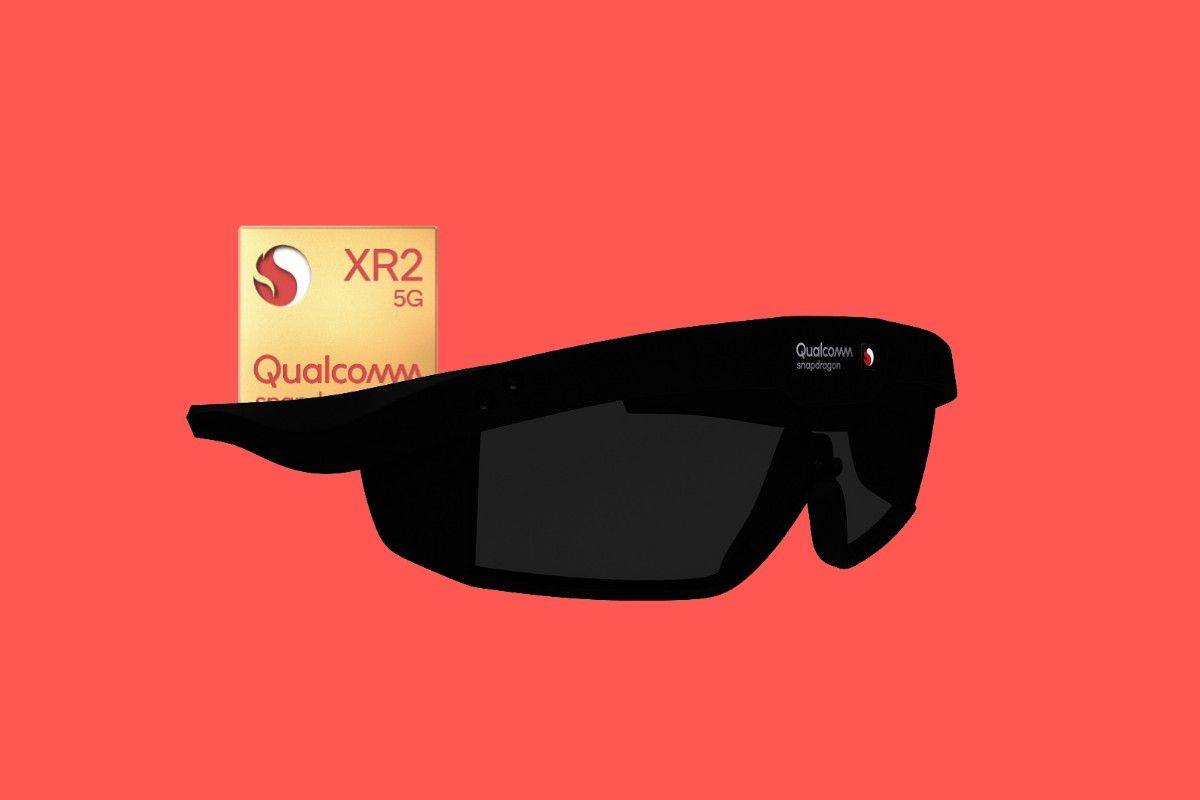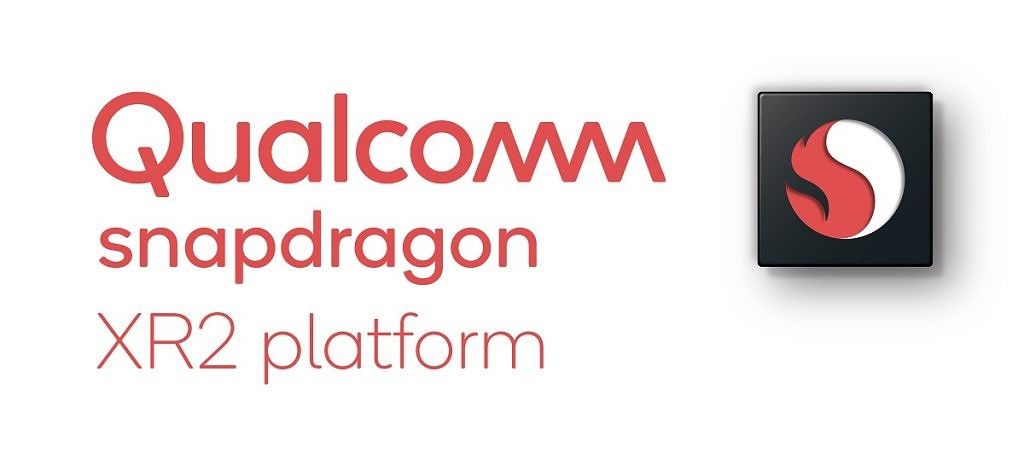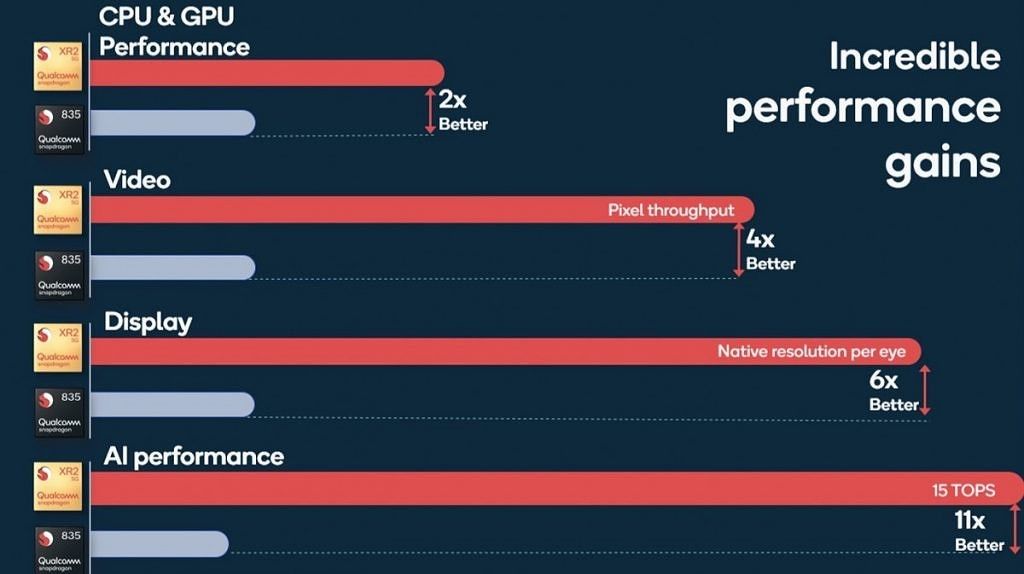Virtual Reality is still an evolving industry, and as the years have gone by, we’ve seen various OEMs experiment with different solutions and form factors. From headsets utilizing the phone's internals like the original Gear VR to dedicated solutions like the Oculus Go, it seems like mobile VR in particular has been able to capture enough attention and market share to keep evolving and iterating. Qualcomm has been at the forefront of this space directly and indirectly by supplying the chipsets to both dedicated headsets and phones used in "cardboard" or slot-in solutions. It was with the Snapdragon XR1 announced in 2018, though, that we saw this concerted effort really come into focus, and over 30 devices powered by the XR platform have been launched since then. Today at the Snapdragon Tech Summit, Qualcomm announced the Snapdragon XR2 5G, a direct successor bringing much-needed updates to their eXtended Reality platform.
The Snapdragon XR2 brings several important improvements over the Snapdragon 835-based XR1, which is now several generations behind the performance of the new Snapdragon 865 flagship chipset announced this week. As a result, and by inheriting the advancements brought about by Qualcomm’s premium mobile SoC line-up, the XR2 offers twice the CPU and GPU performance of the original XR platform. The XR2 GPU supports 1.5x the pixel rate and 3x the texel rate, as well as previously introduced features like foveated rendering via eye-tracking and enhanced variable rate shading for smoother refresh rates.
On top of that, the Snapdragon XR2 brings several other improvements that specifically impact virtual reality experiences. For example, the XR2 will offer up to four times the video bandwidth/pixel throughput, six times higher resolution, and eleven times the AI performance. This means that the XR2 is now capable of up to 3K by 3K resolution per eye at 90 frames per second and can support up to 8K 360° videos at 60 frames per second via both streaming and local playback.
The Snapdragon XR2 supports seven concurrent cameras for even better scene and positional tracking, as well as a dedicated computer vision processor to accelerate key workloads such as scene understanding and reconstruction. This enables highly accurate tracking of the head, lips, and eyes as well as 26-point skeletal hand tracking so that users may precisely interact with the VR world surrounding them. Another important feature is low-latency camera passthrough, which lets developers create new mixed reality experiences by overlaying virtual objects onto a video feed of the real-world.
And if that wasn’t enough, Qualcomm is also offering the option for manufacturers to include 5G connectivity into their Snapdragon XR2-powered headsets. While it might sound like overkill, consider that use cases such as streaming 360° video at high resolutions requires not only extremely fast download speeds, but also very low latencies to accompany the positional tracking.
All of these are massive upgrades over the XR1, but that’s to be expected given that, again, that platform was based on the Snapdragon 835. With that said, Qualcomm chipsets have made their way to a number of impressive mobile VR headsets, and the next wave of devices will benefit tremendously from the performance gains brought by this new upgrade. We can expect OEMs to incorporate the Snapdragon XR2 5G platform into their designs starting next year.
Stay tuned for more Snapdragon Tech Summit coverage, and check out our summary to catch up with every announcement!



